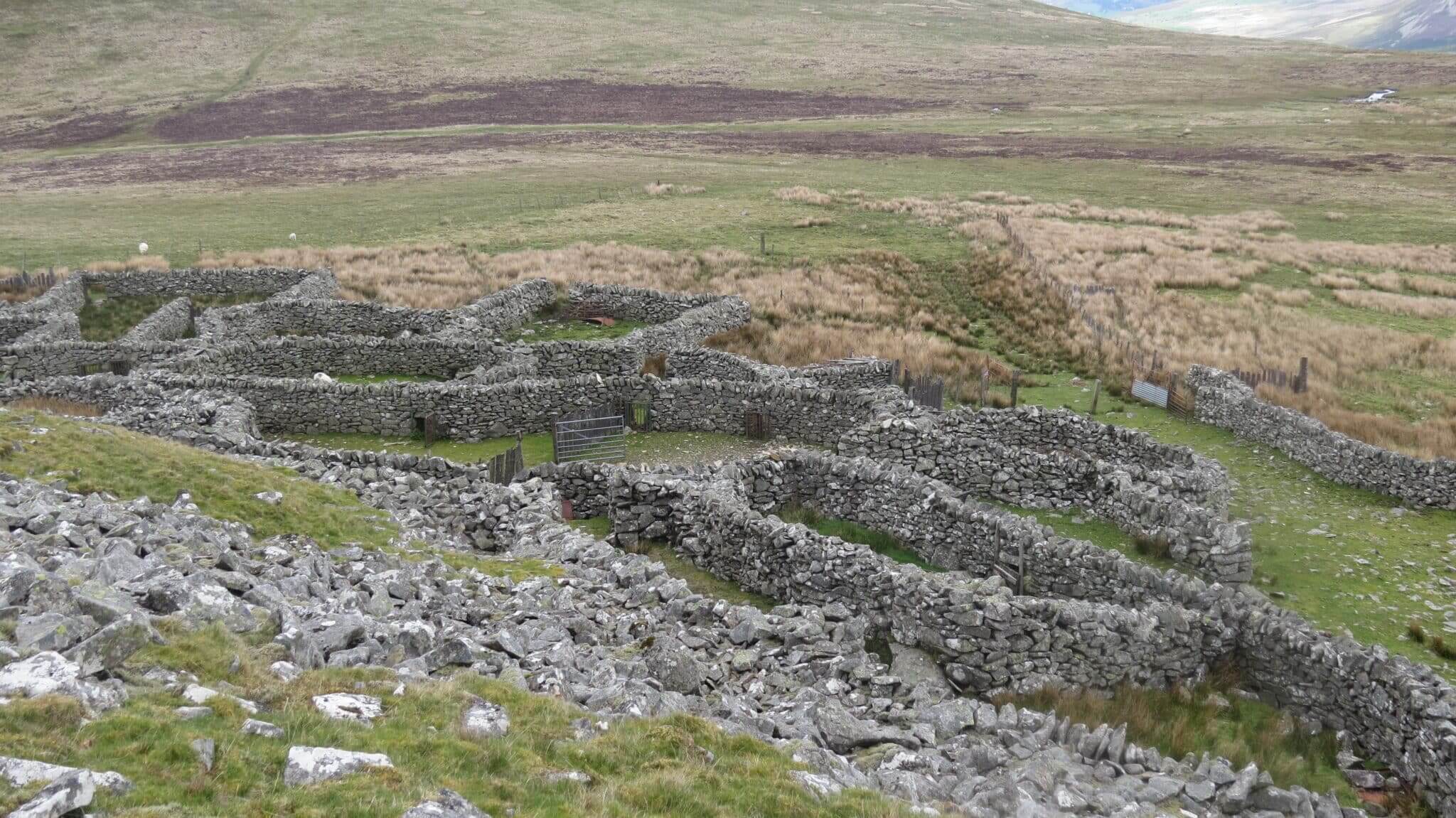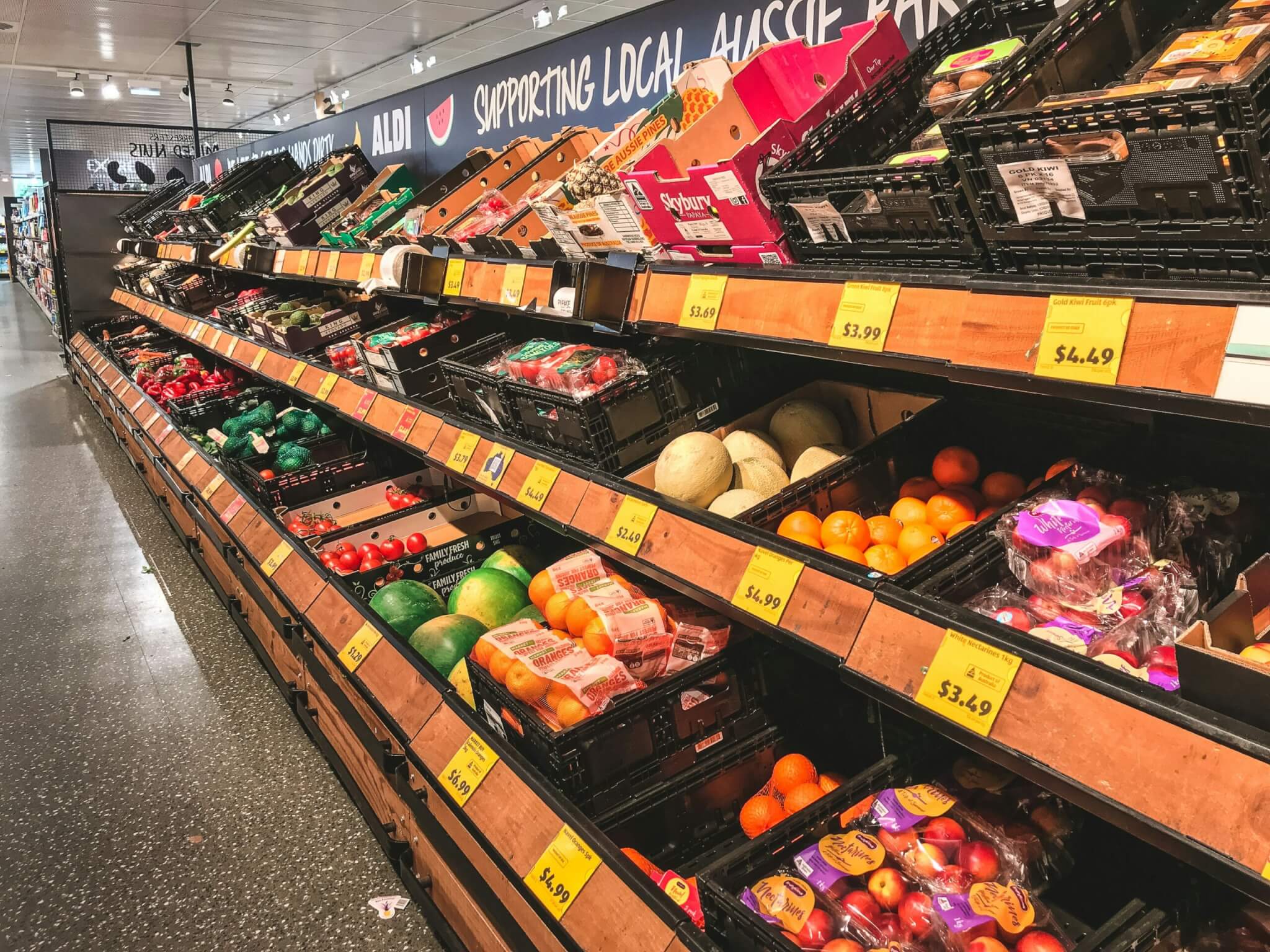A culture of land is a column series for Wicked Leeks by Welsh food historian and writer Carwyn Graves, exploring the links between food, culture and landscape.
There are structures that seem bereft without the life and noise, the commotion and hubbub that they were built for.
The Corlannau of Eryri (formerly Snowdonia) in north-western Wales belong to that category. These may, technically, be described as stone sheepfolds. In character, however, they are parts of an entire mountain way of life mutually arranged between people and sheep.
Intricate circles of dry-stone walling in geometric patterns looking for all the world like the ruins of an ancient city.
I sit in a warm December kitchen, black tea in my hands; a book of clustnodau (ear marks for identification of sheep) lies open on the table. For the men around me, it evokes days up in the open mountains, when the corlan becomes an action-packed stage. Hundreds of sheep have been rounded up, with loud shouts and barks filling the air, funnelled through the gathering pen. Through the central race they come, the ear marks telling all present which creep (holes between walls) to open. The marks – v-cuts, notches, holes and straps – all have their own names, a secret language within Welsh that invokes home, breed and mountain.
These stone structures, alive on a September day like this, are like nothing else I know. Intricate circles of dry-stone walling in geometric patterns looking for all the world like the ruins of an ancient city, or the drawing of a stone flower made by some long-gone people. There are thousands in total in these mountains, and over a hundred of this unique type made up of adjoining ‘cells’, an oddity Wales shares only with three other parts of the world.
My own clothes today contain a very high percentage of polyester, the dominant ingredient of which is petrochemicals.
It probably doesn’t need saying that without the sheep, these structures quickly become another pile of stone ruins in the commodified Welsh mountains. The defiant living tradition of a sheepfold begs two important questions: how did they get here and can they stay?
They got here, of course, by human labour; some 250 years ago, with a shift in economic conditions in these parts. More quarrying, more smallholders, less cattle on the mountains and, importantly, more sheep. That may be relevant to the latter question; native cattle graze on mountains in a way more sympathetic to biodiversity than sheep, but the right numbers of both together are better still.
But they also got here by dint of a culture of land. Take the word corlan, originally cordd and lan, or tribe/clan/family and enclosure/yard. That is to say, the word that later came to mean sheepfold, in medieval Welsh is clearly relating where people lived. You don’t need to spend too long imagining the lives of these people to see how the one shifts imperceptibly to the other. Nor is it difficult work our way back from the sheepfold, to roots, family and identity.
It seems relevant, on an unseasonably warm day here in the Welsh mountains, to observe some of the stray wool still snagged on corners of this corlan. Currently worthless, I have nevertheless myself recently paid hundreds for rolls of it to insulate my home. My own clothes today contain a very high percentage of polyester, the dominant ingredient of which is petrochemicals. Between all these things, there are cultural threads ready to be woven into a meaningful whole.










0 Comments